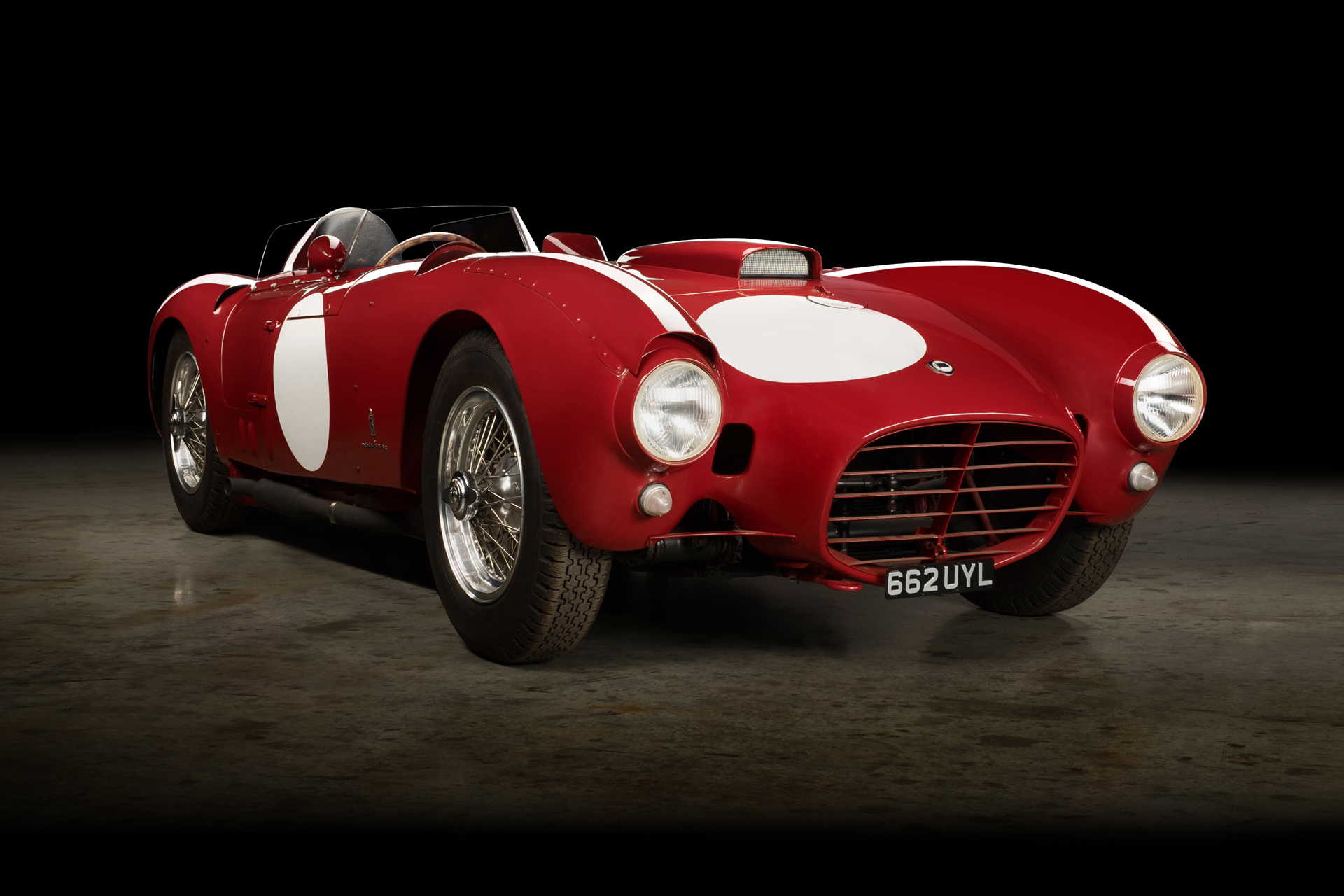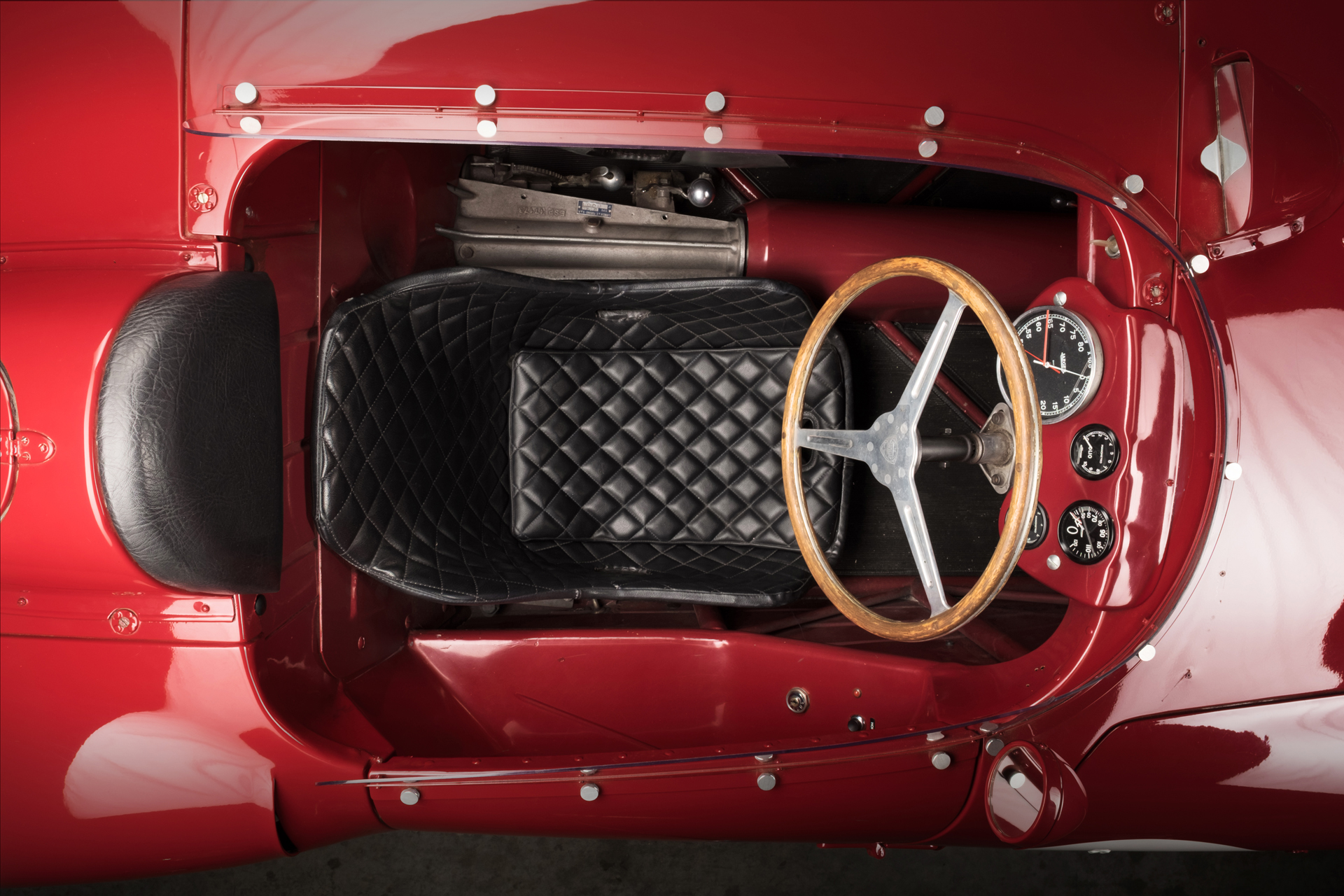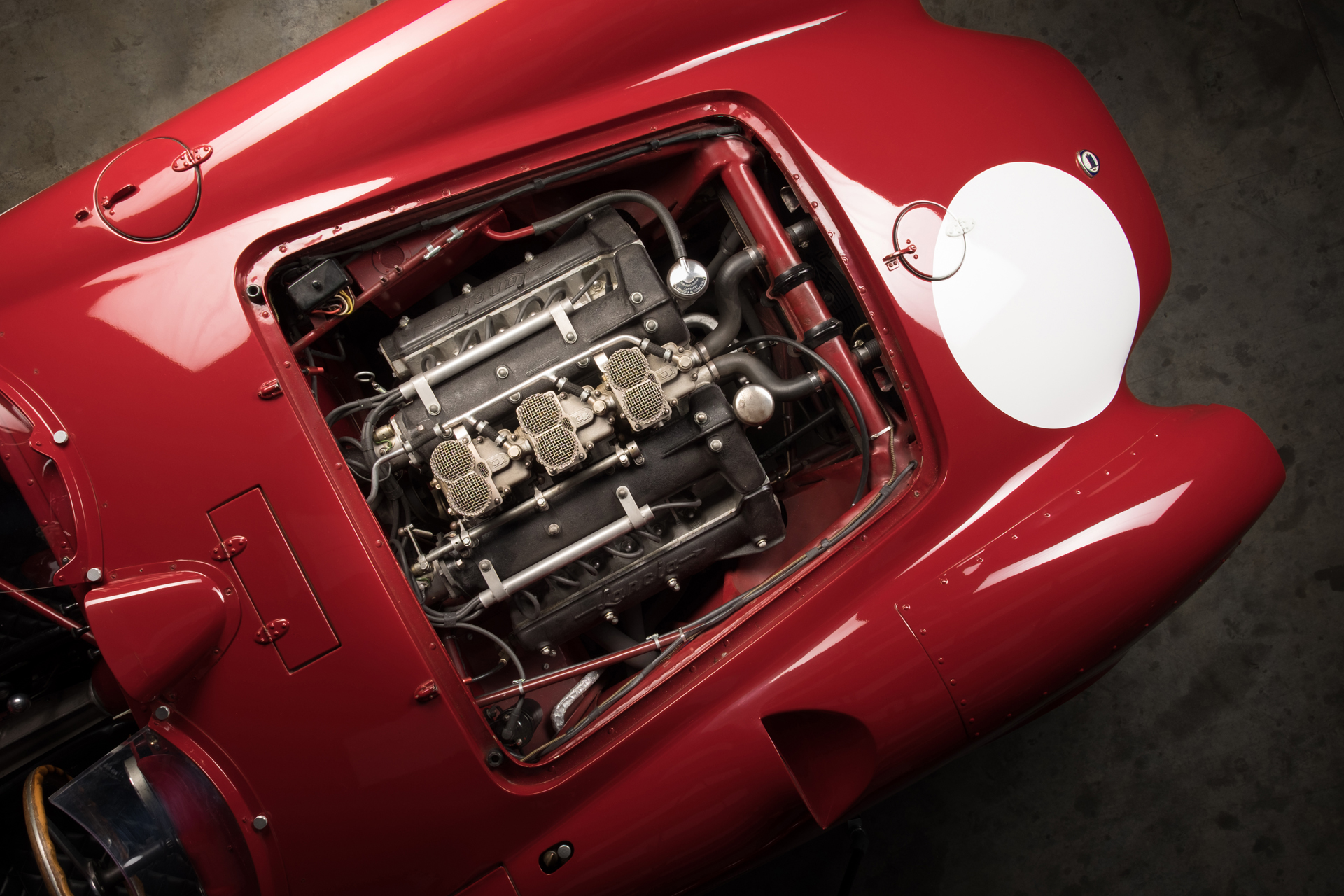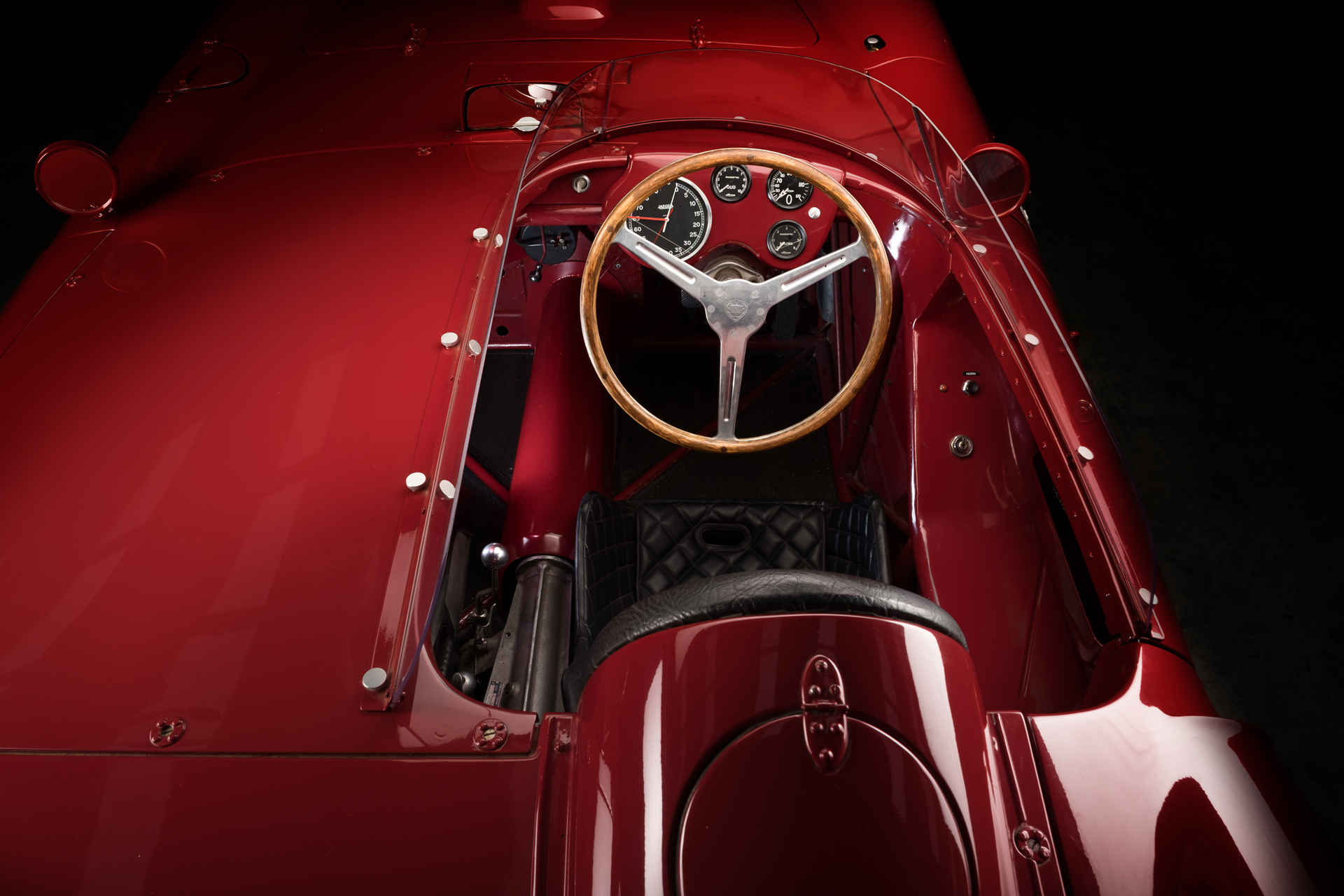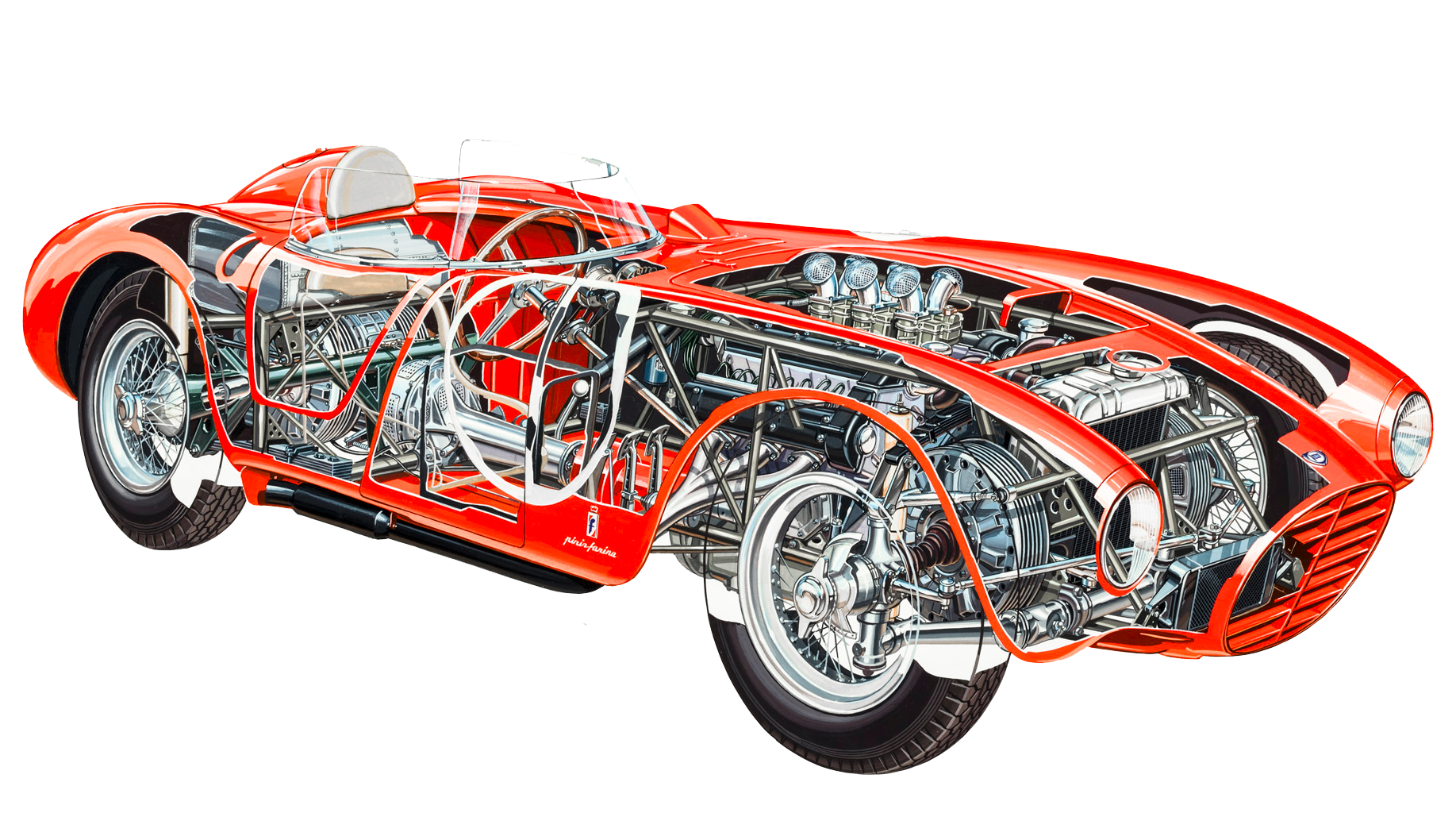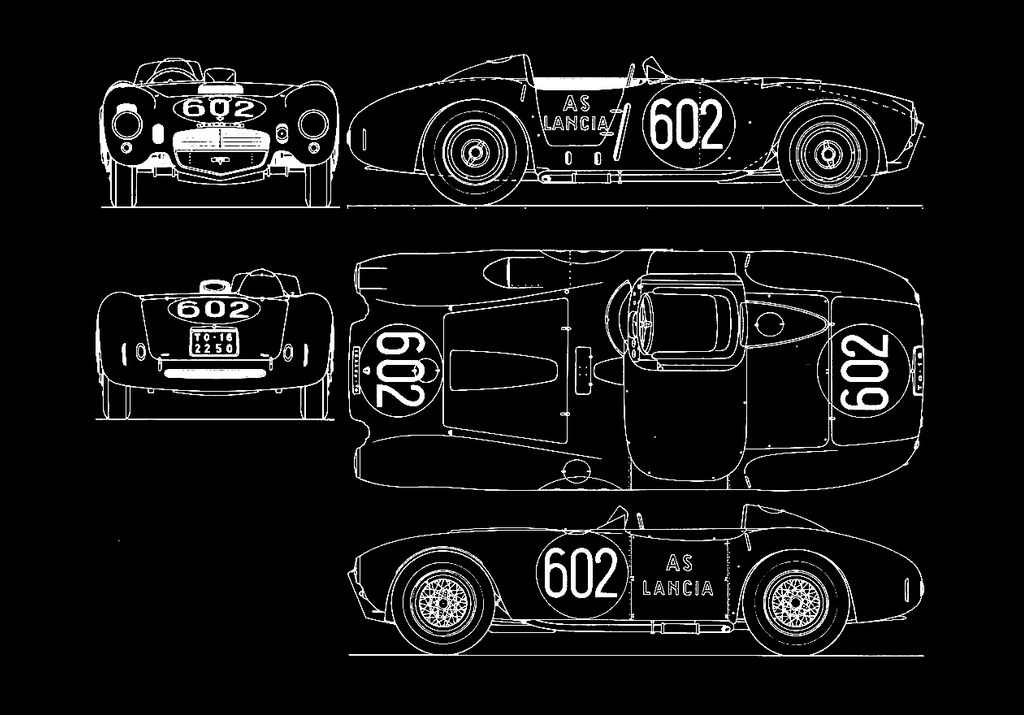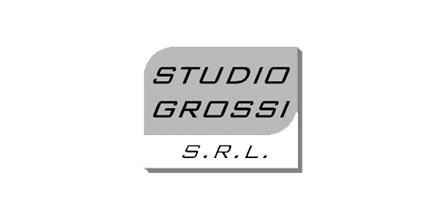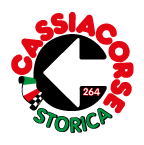LANCIA D24
LANCIA D24, this is the machine with which Castellotti placed a seal on Florence Siena in October 1954.
The car was born in the wake of Gianni Lancia’s intuitions. In those years he was the creator of real technical and engineering innovation. In 1951 the Lancia Aurelia B20 (2 liters) of Bracco and Maglioli obtained an absolute second place in the Mille Miglia behind the Ferrari 340 America of Villoresi-Cassani. Upon arrival in Brescia, the gap between the two cars is just over 20 minutes. 13 hours, 20 minutes and 14 seconds is the incredible time it takes to cover the 1,574 km of passion for that car that is little different from a standard version. A vehicle with 80 horsepower and a maximum speed of 160 km / h. Then comes the official sports program of Lancia.
In 1952 Gianni, son of the founder Vincenzo Lancia, with more “sporty” ideas than his father started a program to participate in competitions and enhance the brand. With a design by Vittorio Jano and a pencil by Pininfarina, the “D20” was born, developed on the Aurelia B20 base. The project represents a first step towards the creation of more specific and competitive models. Various technical solutions involving engine and chassis are tested. The V6 2.5 derived from Aurelia B20 passes to 3 liters of displacement. The D20, in fact, was initially equipped with a V6 2.5 derived from the Aurelia B20. Absolute victory arrives at the Targa Florio in 1953. An intermediate model “D23” is built before arriving at the first D24. The Lancia D24, very interesting for its technical and construction choices, made its debut in August 53 with Piero Taruffi and Manuel Fangio at the Mille Kilometer of the Nurburgring. You feel amazement and amazement by scrolling through the technical data of this masterpiece. The absolute ability of those who conceived and created it shines through; the genius, the intuitions, the gamble.
Aluminum bodywork, open spider with Pininfarina design, volumes and movements of decisive beauty and perfect balance. Two air intakes on the hood to increase the cooling values of the lubrication system.
Aluminum bodywork, open spider with Pininfarina design, volumes and movements of decisive beauty and perfect balance. Two air intakes on the hood to increase the cooling values of the lubrication system.
LANCIA D24
V6 engine 3.1 liters / 3.3 liters. (then 3.9)
Maximum power from 230 hp to 265 hp at 6,200 rpm. Compression ratio 8.5: 1 or 9: 1. At the end of their career (last races 1954) the 3.3-liter D24 engines were able to rotate “safely” up to 6800 rpm and deliver almost 270 HP. Distribution with 4 overhead camshafts. Powered by 3 Weber 46 DCF 3 carburettors. Ignition with one distributor per bank. Lubrication with a delivery pump and a recovery pump (dry sump). Rear-wheel Drive. 4-speed gearbox plus reverse in group with clutch and differential. Clutch / gearbox / differential unit integrated into the frame with load-bearing functions. Two-plate dry clutch in block. Chassis Trellis of chromium-molybdenum steel tubes. Front suspension with lower oscillating arms, transverse leaf spring acting as upper arm, thrust rod, telescopic hydraulic shock absorbers. De Dion type rear suspension with transverse guide on the transmission, lateral longitudinal connecting rod, cantilever leaf spring, telescopic hydraulic shock absorbers. “Inboard” hydraulic drum brakes. Spoked wheels with front tires 6.00 x 16, rear 6.50 x16 or 7.00 x 16.
Dimensions and weight:
Wheelbase 2,400 mm. Front track 1,298 mm (1,315 mm in some races). Rear track 1,250 mm.
Length 3,790 mm. Width 1,440 mm. Height 980 mm.
Weight from 740 kg to 760 kg depending on the equipment.
Length 3,790 mm. Width 1,440 mm. Height 980 mm. Weight from 740 kg to 760 kg depending on the equipment.
Performance:
Maximum speed from 230 km / h to 290 km / h depending on the engine and the ratio to the bridge.
The project enhances lightness, braking, balance and handling.
The Machine made its debut at the 1000Km of the Nurburgring on 30 August 1953. He wins the Carrera Panamericana in November 1953.
The D24 occupies the first 3 places of an apparently impossible and very hard race due to the danger linked to absolute speeds. Maglioli (Ferrari 375MM) records a record in the seventh stage of 300km: 205 of average speed. Fangio is first at the average of 169 km / h. According to Taruffi at eight minutes. Castellotti completes the Lancia podium with third place.
World premiere at the 1954 Mille Miglia with Alberto Ascari. Average speed 139.65.
World premiere at the Targa Florio in 1954 (Piccolo Circuito delle Madonie) with Piero Taruffi time 6.24.18.
Castellotti (Lancia D24) has the lap record with an hourly average of 93,117.
World premiere at the 1954 Giro di Sicilia with Piero Taruffi.
World premiere at the 1954 Porto Grand Prix with Villoresi.
Wheelbase 2,400 mm. Front track 1,298 mm (1,315 mm in some races). Rear track 1,250 mm.
Length 3,790 mm. Width 1,440 mm. Height 980 mm.
Weight from 740 kg to 760 kg depending on the equipment.
Maximum speed from 230 km / h to 290 km / h depending on the engine and the ratio to the bridge.
The project enhances lightness, braking, balance and handling.
The D24 occupies the first 3 places of an apparently impossible and very hard race due to the danger linked to absolute speeds. Maglioli (Ferrari 375MM) records a record in the seventh stage of 300km: 205 of average speed. Fangio is first at the average of 169 km / h. According to Taruffi at eight minutes. Castellotti completes the Lancia podium with third place.
Castellotti (Lancia D24) has the lap record with an hourly average of 93,117.

